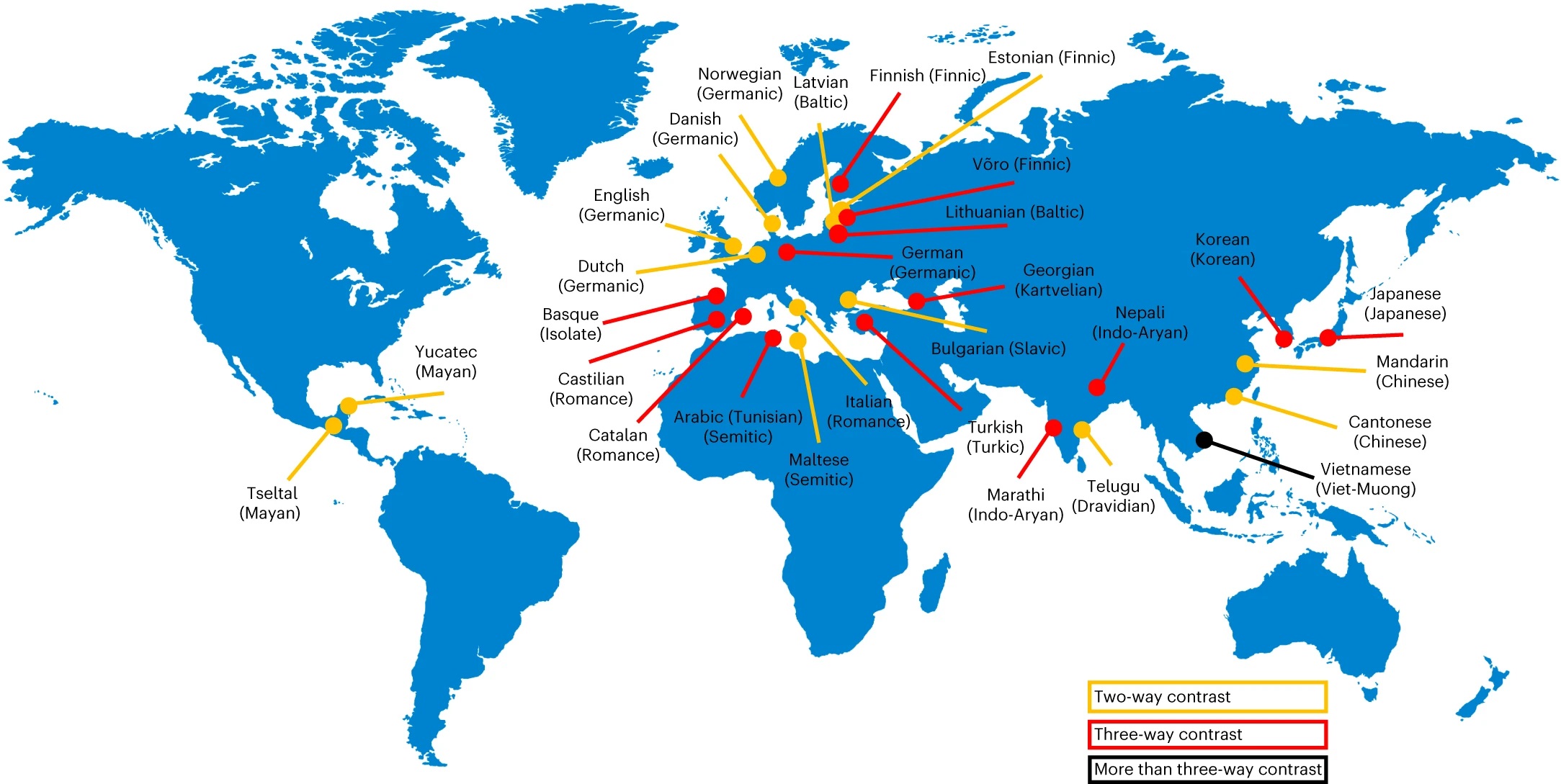There are thought to be 7,000 living languages on our planet today. For fans of obscure facts, that means there are as many different ways of saying “Pass the cheese, please,” as there are species of lizard. But the scientists working on a recent study were far more interested in what we have in common than in what sets us apart, and they discovered two little words that appear to be universally present in human language: “this” and “that”.
“We wanted to find out how speakers of a wide range of languages use the oldest recorded words in all of language – spatial demonstratives, such as ‘this’ or ‘that’,” explained lead author Professor Kenny Coventry, from the University of East Anglia, in a statement. Although the actual words for “this” and “that” will differ wildly in spelling and pronunciation, Coventry and colleagues wanted to find out whether the meaning behind them was conserved.
To do this, the team of 45 researchers from around the globe recruited almost 1,000 speakers of 29 languages. They tried to run the gamut of different linguistic families, including a range of languages from English, Italian, and Norwegian, to Telugu, Vietnamese, and Tseltal. The speakers were not told that the words they used would be the main focus of the research.

The languages included in the study, categorized by the number of different spatial demonstrative terms they use.
In English, we tend to use “this” to describe objects that are physically within our reach, and switch to “that” for objects that are further away. However, it’s not been clear whether this spatial separation is the same across different and unrelated languages.
Speakers were situated at a table and presented with a series of objects of different colors and shapes. The team ensured that for each language, the objects used were in colors that could be clearly linguistically differentiated, and that the names for the shapes were all of the same gender in the case of gendered languages like German.
The objects were moved to different distances: within reach of the speaker; out of reach of the speaker but within reach of the researcher opposite them; or out of reach of both parties. Each time the object was placed, the speaker was asked to describe it in their own language using its color, its name, and – most importantly – a spatial demonstrative, for example, “This yellow triangle.”
When the data were collated and statistically analyzed, the result was clear.
“We found that in all the languages we tested, there is a word for objects that are within reach of the speaker, like ‘this’ in English, and a word for objects out of reach – ‘that’,” explained Professor Coventry. “This distinction may explain the early evolutionary origin of demonstratives as linguistic forms.”
Languages are evolving and changing all the time. The question of whether speakers of different languages share ways of communicating the spatial position of objects – and what that might mean for the way they think – has been a controversial one among linguists. But, as the authors explain in their paper, this study is the first to analyze this from the point of view of spatial demonstratives specifically. Maybe, then, this new work can go some way towards settling this long-running debate.
The study is published in Nature Human Behavior.
Source Link: These Two Little Words Seem To Exist Across All Languages